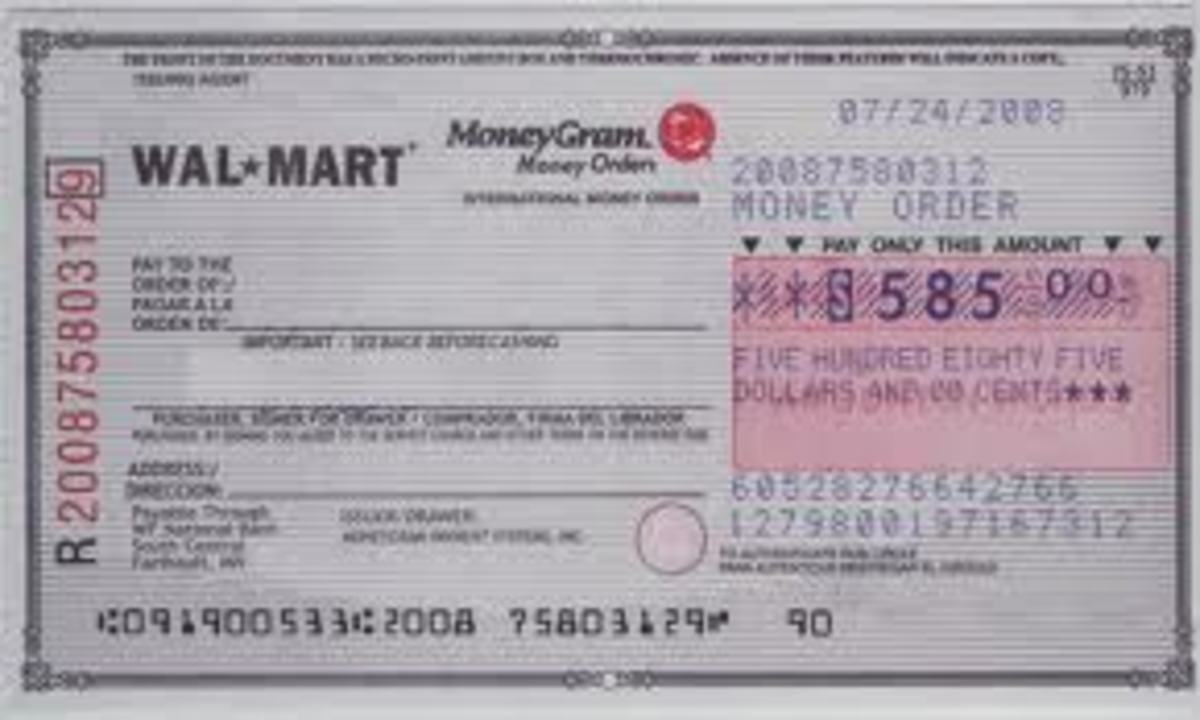A Thousand Dollar Bank Scam
First Distract and Confuse the Target
My first full-time, career-field job after college was as a management trainee at the old Columbia Banking, Savings and Loan Association in Rochester, New York.
My career there lasted less than a year as I soon received a better offer from another financial institution in Milwaukee, Wisconsin where I wished to return so I could complete my Masters Degree at the University of Wisconsin in Milwaukee.
As for Columbia Banking, Savings and Loan Association it was one of the many fatalities of the savings and loan industry collapse in the 1980s.
However, despite my short tenure with Columbia, I learned a lot, had fun and came away with a number of good stories one of which came to mind this evening as my son showed me his latest discovery on YouTube.
No, the YouTube segment, Derren Brown uses a Russian scam where one simply asks for what they want from a stranger naturally, has nothing to do with banking but it does demonstrate a scam that was used, successfully and to the tune of $1,000, on a teller while I was employed at Columbia.
It was a busy Friday and lunch hour to boot. There was a line at each teller window with account holders lined up to cash their pay checks during their lunch break. As the teller concentrated on being nice to each customer and processing each transaction as quickly and efficiently as possible so as to minimize frustration in the line our scammer was busy putting himself in the correct mental state to pull off the scam.
"Next, Please". The scammer approached and smiled. He was a regular of sorts and was known by the teller. He endorsed his check and showed his bankbook (this was the pre-ATM card era) to save her having to look up his account number. As the teller went to work, the scammer struck up a non-stop conversation about the weather, kids, work, you name it. Anything to distract the teller.
The teller, despite her training fell for the ruse and, being the friendly sort and wanting to provide good customer service, attempted to maintain her end of the conversation. As she was conversing and counting out the customer's money, he suddenly handed her a ten and asked for two twenties. Her mind was on counting the money and maintaining conversation and while her eyes saw a ten dollar bill her mind registered it as a twenty dollar bill. Her ears heard the words "two twenties" and since it was common to give two tens for a twenty she, in her momentarily distracted state, obliged by placing the ten in the drawer and pulling out two twenties for the customer.
But this fellow wasn't interested in a mere $30 profit. He was after the big one this day. So he continued interrupting her counting out of the money to him by periodically giving her back a five for two tens, a ten for two twenties.
It wasn't until the customer turned and left that it suddenly dawned on her what had happened. Closing her window she called the manager and the two of them balanced her drawer and discovered she was short $1,000. I was called over to help with a recount and the result was still $1,000 short. The manager grilled her to see if there was any way it could have been a mistake in miscounting for more than one customer - after all this scammer was an established customer and we had to be sure it was him. After exhausting all of our efforts we had to conclude that this fellow and pulled off a classic slight of hand, big time.
It was reported to the auditors and a report was filed with the police and FBI (because banks are Federally insured by the FDIC, bank robberies are Federal offenses). The following week our teller was interviewed by our auditors, the police and the FBI. The customer was also contacted by the police and FBI but was cool and stuck to his story. It was a classic case of everyone knew what he did but couldn't prove it.
The scammer ended up $1,000 richer, the teller kept her job only because she was a long time employee with a good record and our insurance company replaced the $1,000.
If this seems unbelievable, click on the video below and see how this scam works - in the video it is a person on the street, rather than a bank who is the victim, but the process and result are the same.




